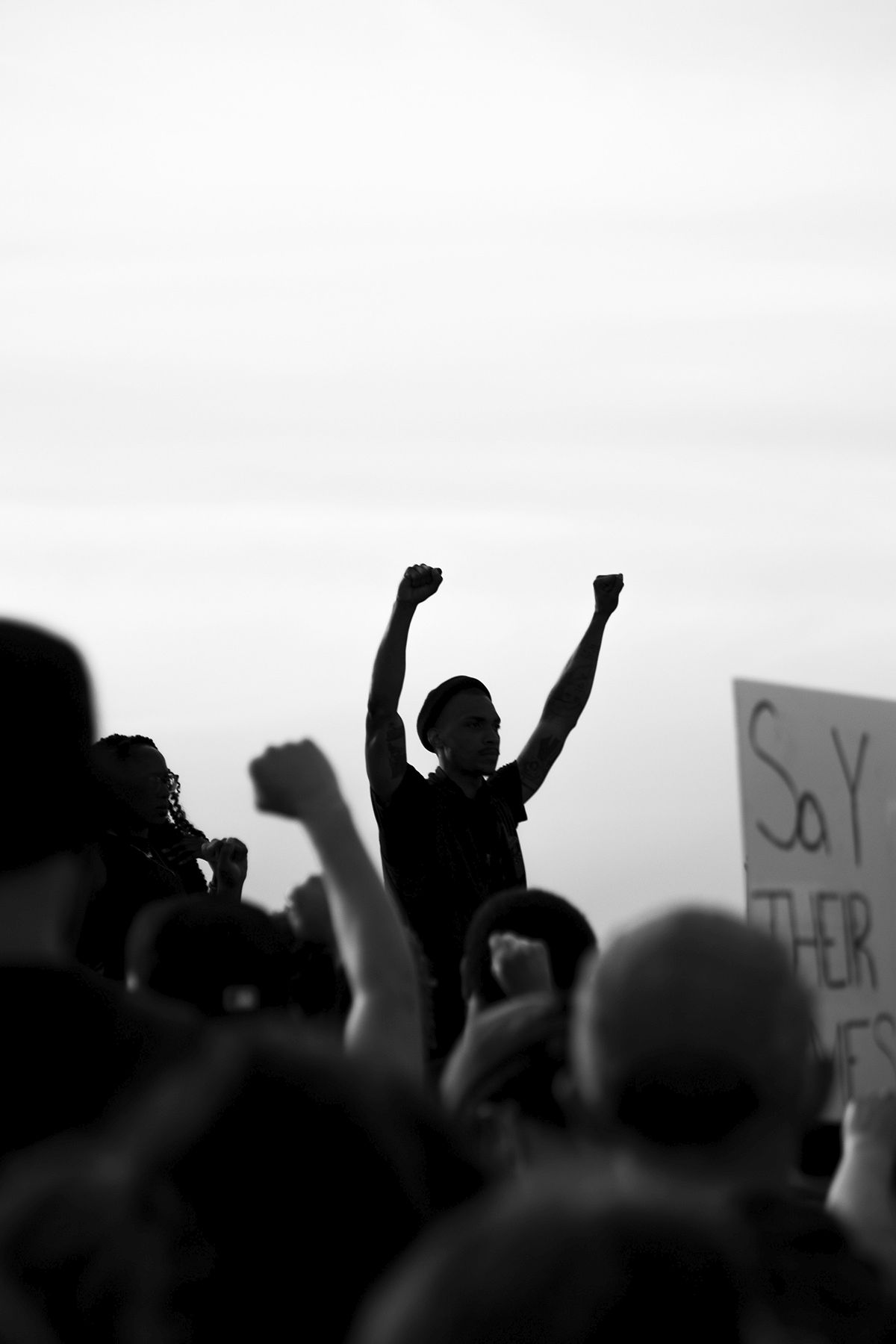The temperature records being set around the world almost every day are nothing short of alarming, yet the amount of carbon dioxide in the Earth’s atmosphere continues to rise. The world’s leaders have proved incapable of acting on the overwhelming evidence from climate scientists.
The need for popular protests to force the rich and powerful to avert climate catastrophe is now obvious. But the means of developing a mass participatory democratic movement for direct action is itself complex and elusive. Extinction Rebellion (XR) erupted in 2018 and took climate protest in Britain to a new level – but has in recent years and months fractured into a thousand smart, but small, grouplets.
Even the limited success of its direct action has been met – predictably – by more draconian suppressive measures by the UK government, including a wide-ranging assault on the right to protest itself. At the same time, the core XR strategy to call out the media – to demand that newspapers and broadcasters tell the truth – and the decision by some to blockade the Murdoch printing press were both met with hostility. The major social media platforms – Twitter/X and Instagram among them – have ‘shadow banned’ many protest groups.
This therefore seems like an excellent time to examine how XR suddenly exploded onto our screens and our streets. How did a handful of activists deliver a coherent and clear message calling for climate action, galvanise the disparate climate campaigns that already existed, and bring millions of people globally into direct action, many for the first time?
A new series, Movement Power, being published at The Ecologist online, revisits a set of training videos that were posted to YouTube a decade ago. The videos did not go viral but did get the attention of many of the founders of XR. Paul Engler and Carlos Saavedra, who presented the training, claimed to have discovered something of a panacea for protest: a hybrid model of organisation that drew on the lessons learned in the ‘structure’ and the ‘momentum’ traditions of campaigning.
Gail Bradbrook, a co-founder of XR, described Engler’s book This Is an Uprising: How Nonviolent Revolt Is Shaping the Twenty-First Century, co-written with Engler’s brother Mark, as the bible for the XR protest movement. Bradbrook recalls (in Issue 344 of Resurgence & Ecologist magazine) how she drafted the principles for XR – very much a core idea from the Engler and Saavedra playbook.
The ‘magic sauce’ that makes the hybrid model so effective is an apparent resolution of the contradiction in the protest movement’s need to be single-minded and coherent while allowing for autonomy for its activists. A united campaign needs a single clear aim, an agreed theory of change, a limited set of demands, a pre-planned phasing of campaigns, and a non-negotiable set of rules and principles. But activists need freedom both to express their human creativity and to avoid the capture or corruption of their leadership.
Engler and Saavedra describe being recruited into the ‘structure’ tradition, the familiar hierarchical and centralised campaigning base such as a trade union that will be familiar to those on the left. But at the Seattle protests against the World Trade Organization in 1999 they suddenly discovered the power of the momentum tradition – the ability to reap ‘moments of the whirlwind’ and absorb thousands of activists into existing institutions. In turn, the momentum tradition draws on the lessons from the nonviolent civil rights movement in the US and internationally, from Martin Luther King, Jr. and Mahatma Gandhi.
The hybrid model includes a number of important tools. It is an organic whole, a concept taken from systems theory and biology, that is more than the sum of its parts. These tools include frontloading, grand strategies and narratives, cycles of momentum, pillars of support, mass training and trigger events. Not all activists will agree with the historical analysis or the reliance on systems thinking and biomimicry. But as XR set the standard for mass climate action, the Engler and Saavedra model represented a leap forward in campaign strategy.
There is a lot here for climate movements to learn from.








